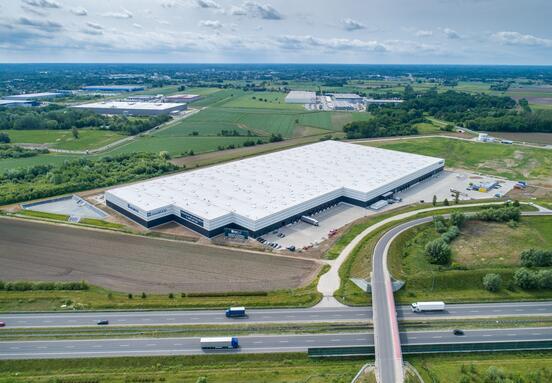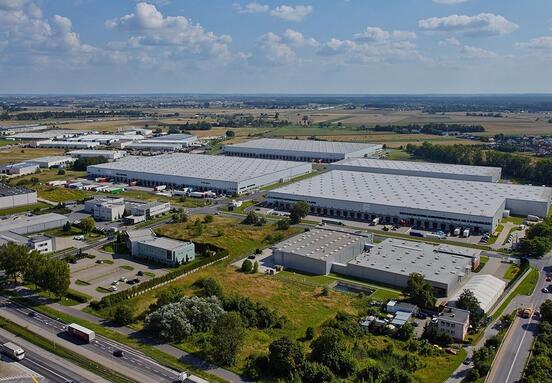Poland Warehouse Market Outlook: A Look at Early 2025
According to a recent report by Avison Young, the Polish warehouse market is navigating a period of adjustment as it heads into 2025. The initial quarter indicates a landscape marked by stabilization, albeit with a palpable sense of caution from key players.
Key Market Statistics
The total stock of modern warehouse space in Poland has now exceeded an impressive 35 million square meters. However, this growth comes alongside a record level of unleased space, reaching 3 million square meters. This translates to an average national vacancy rate slightly above 8%.
Transaction Dynamics
Leasing activity in the first quarter of 2025 was dominated by lease renegotiations, accounting for approximately 60% of all transactions. This highlights a trend among tenants to secure existing favorable terms or adjust to current market conditions rather than committing to significant new expansions.
Development Slowdown and Focus on BTS/BTO
New construction starts have significantly slowed down. Currently, there is only 1.4 million square meters under construction, with the vast majority consisting of Built-to-Suit (BTS) or Built-to-Own (BTO) projects. This indicates developers are being more selective and risk-averse, primarily building only when a tenant is secured upfront.
Rental Rates and Regional Variations
Nominal rental rates have remained relatively stable, typically ranging from 3.70 to 5.50 EUR per square meter per month. However, effective rental rates are facing pressure, particularly in regions experiencing higher vacancy levels. The highest tenant activity was observed in key logistics hubs such as Warsaw, Upper Silesia, Łódź, and the Tri-City area. Conversely, the highest vacancy rates were recorded in Western Poland and Wrocław.
Future Trends and Evolving Tenant Needs
Experts also shared their insights in the Avison Young report, including Łukasz Ciepły, Director, Industrial Agency, who highlights the growing role of nearshoring and the evolving expectations of tenants regarding sustainability and modern technological solutions.
Looking ahead, lease extensions and renegotiations are expected to continue dominating market activity. Nearshoring, the relocation of production or sourcing closer to end markets, is anticipated to become a crucial growth driver for the Polish market. The market is increasingly becoming a hybrid one, favoring flexible and immediately available solutions.
Tenants are seeking more than just standard space. Their priorities include non-standard areas tailored to specific operational processes, flexible lease terms, proactive landlord support, and a strong emphasis on ESG (Environmental, Social, and Governance) factors. Strategic location remains paramount, alongside the integration of technology (automation, smart solutions) to enhance efficiency and sustainability.
Source: prestigepr.pl









